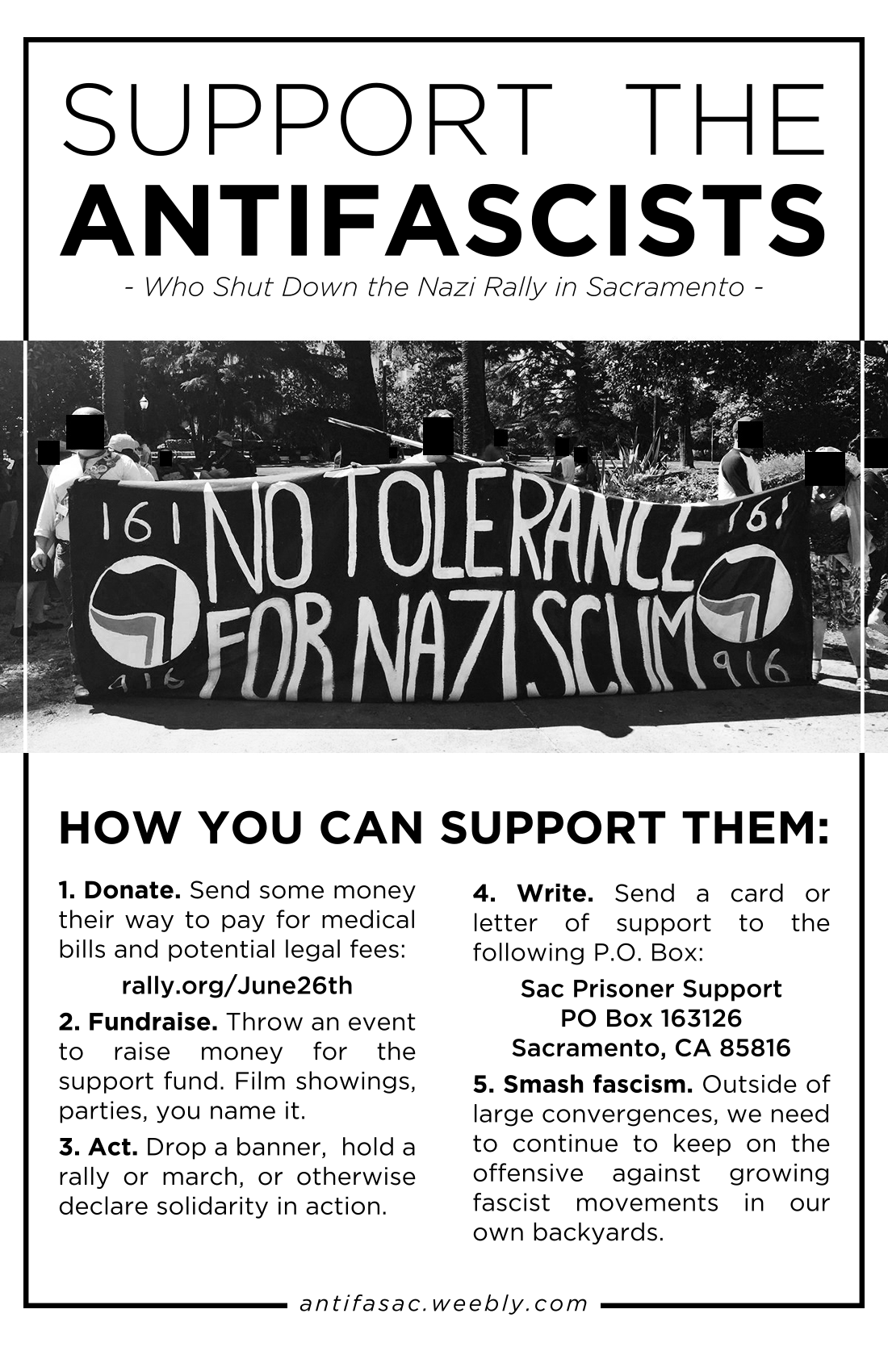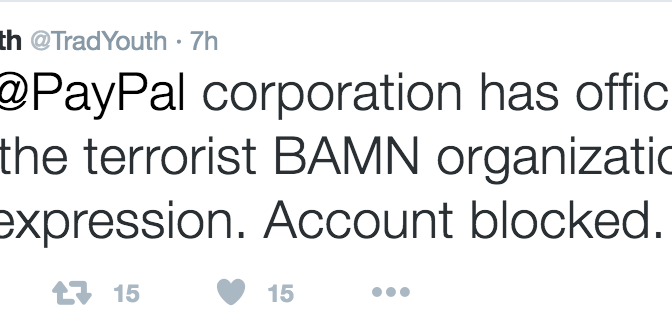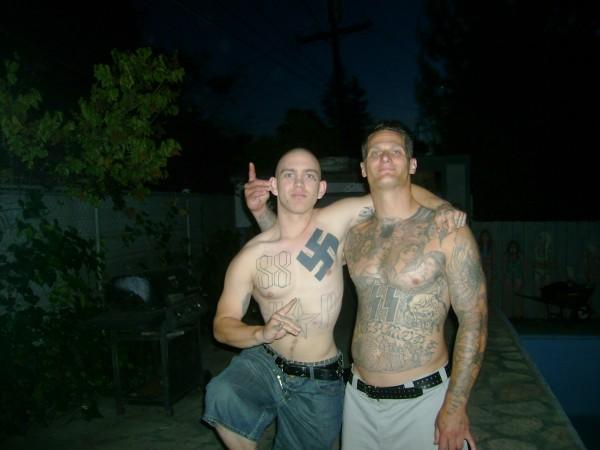THE NEW NEO-NAZIS: HOW MATTHEW HEIMBACH IS BUILDING A RACIST NETWORK ACROSS THE USTo understand why Heimbach and the Traditionalist Youth Network/Workers Party (although small) is important, we have to revisit the white nationalist scene in the early 1980s to mid to late 1990s, when the movement reached its most militant height and suffered from dramatic implosion. In 1983, the country was in an economic crisis much like today, and just as events such as the Waco Massacre or the more recent Bundy Ranch stand-off spurred many on the Right to action, a burgeoning farm crisis was also drawing many militants into the frey. Angry over foreclosures and the actions of banks, farmers began to speak of armed resistance. Gordon Kahl, who was once a member of the far-Right group, Posse Comitatus, became a martyr for the movement after dying in a shoot-out with authorities in the summer of ’83. Soon after, The Order, a white nationalist terrorist organization burst onto the scene out of the Pacific Northwest and carried out a wave of bank robberies, bombings, and the assassination of a radio talk-show host. The group was based upon the fictional organization presented in the book, The Turner Diaries, written by William Piece, who led the white nationalist organization, the National Alliance.
Through their bank robberies, The Order was able to fleece the white nationalist movement with hundreds of thousands of dollars, including the National Alliance. Founder of The Order, Robert Matthews, (pictured above) was later killed by law enforcement in a shootout and continues to be considered a martyr by white racists while still imprisoned members are described as political prisoners. David Lane, who still is incarcerated, is credited with the famous, “14 words,” often referred to by white nationalists including Heimbach.
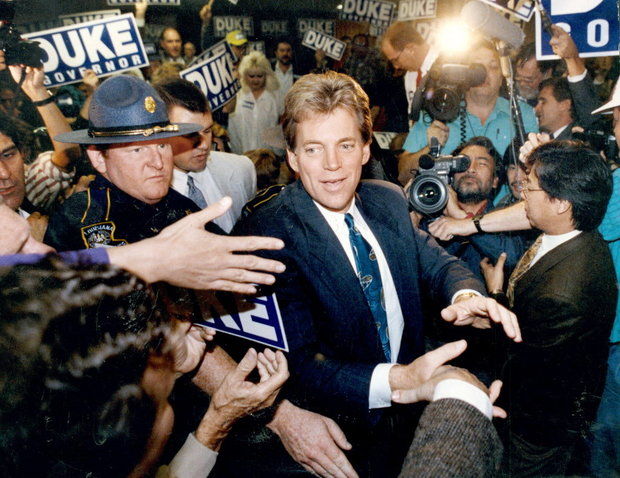
In 1989, former Klansman and Neo-Nazi David Duke (who also has ties to Heimbach) ran for the Louisiana House of Representatives and won, staying in office until 1992. Duke, who became a Neo-Nazi while in college, went on to become involved in Knights of the Ku-Klux-Klan and various white power groups that took up the torch of the American Nazi Party (ANP) formed by George Lincoln Rockwell. Many of those involved in the KKK who were close to Duke went on to become other large movers and shakers within the racist Right, such as Tom Metzger (White Aryan Resistance), Don Black (Stormfront.org), and racist serial killer, Joe Franklin. After winning his House of Representatives seat, Duke then attempted to run for Governor and lost, although he came very close. This shot in the arm to the white nationalist movement showed how far these ideas could translate in rural, working and middle class white areas.
But Duke’s election also showed the sickening poison of white supremacy on the white working-class. When Duke was elected into office in the Louisiana State Legislature in 1989, he came into power as his largely all-white district were facing massive unemployment and poverty. What’s ironic is that Duke campaigned on a predictably racist platform of gutting welfare and other social programs to African-Americans but in reality mostly just made life worse for the constituents in his district.
But while Duke was in office, other activity was brewing across the country. In Portland, Sacramento, and elsewhere, the white power scene grew in militancy and carried out arson attacks against synagogues and various murders. Other right-wing militants were also becoming more active, for instance, the anti-abortion movement carried out a series of bombings across the US during the 1990s. In 1995, seeking vengeance against the siege and massacres at Waco, Texas and Ruby Ridge, Timothy McVeigh, who was influenced by the Creativity Movement (a white nationalist take on Christianity) and the National Alliance, exploded a bomb at a federal building in Oklahoma City.
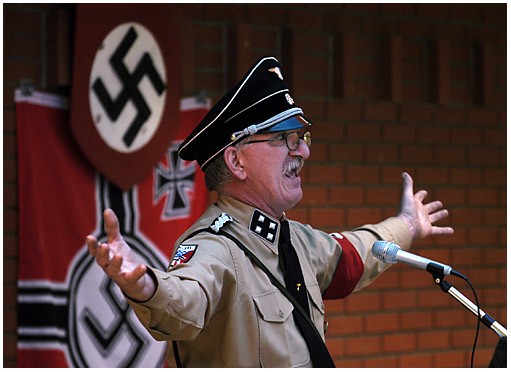
Throughout the 1990s however, those on the racist Right were seeing the growth of both an old, and new foe – anarchists. Learning from experiences by militants in the UK group, Anti-Fascist Action, a new group in the 90s called Anti-Racist Action (ARA) hit the streets and used physical confrontation to shut down meetings, protests, rallies, and events called by white nationalists, the KKK, and Neo-Nazis skinheads.
But by the 1990s, the white racist Right had more problems than anarchists disrupting their meetings and fighting them in the streets, as many white nationalist groups fell apart and their leaders went to jail (for a variety of embarrassing acts for the master race) or died. Aryan Nations, the National Alliance, World Church of the Creator; all the major players in the 90s were hit with lawsuits, arrests, infiltration, deaths, and money problems. But by the middle-to late 2000s, the movement saw an upsurge again, as white reaction to the immigration movement, Obama’s presidency, and the stand-off at Bundy Ranch again breathed life into the movement. It is in this context that a young person like Matthew Heimbach could rise to the surface.





